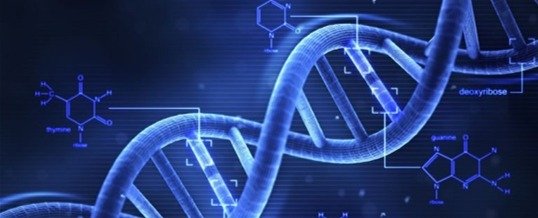
Nancy and Beth,
I just finished asking you both to see if we can address the question, “Where did our ancestors come from in Europe.” There is another equally compelling question, “Why Did Czech Immigrants Come to America?”
Czech Immigration
The first major immigration of Czechs occurred in 1848 when the Czech “Forty Eighters” fled to the United States to escape the Austrian Habsburgs’ political persecution. Unlike previous immigration, new immigrants were predominantly Catholic.
My father was raised Catholic while his children were not. I recollect that he left the Catholic Church over getting someone (his mother?) buried in the Church Cemetery. There was some issue about the last rites. I was too young to understand at the time and never followed up.
Present-day Slavic people are classified into:
- East Slavs (chiefly Belarusians, Russians, Rusyns, and Ukrainians),
- West Slavs (chiefly Czechs, Kashubs, Poles, Silesians, Slovaks, and Sorbs)
- South Slavs (chiefly Bosniaks, Bulgarians, Croats, Macedonians, Montenegrins, Serbs, and Slovenes).
Do you know in which group we belong to? I don’t.
Against the wishes of many of its 15 million citizens, Czechoslovakia today split into two countries: Slovakia and the Czech Republic.
To quote a Czech Genealogist, Kate Challis recently posted the following:
“The 19th-century pattern was for Czechs who emigrated to the United States from the old country to do so in patterns of chain migration. They came together, lived together, worked together, migrated together, married together, and stayed together even through terrible marriages. They had many children together, they died together, and they are buried together.”
The Slavic Language
Slovak is the language spoken in Slovakia, a country in Central Europe. It is a language from the Slavic language family. It is very similar to Czech, and Czechs and Slovaks understand each other quite well when they speak their own language. Polish and Sorbian are also quite similar. This latter fact, along with Jeff’s DNA test, suggests that Judy Spivak, a valued contributor to My Cousins, is our relative through her Polish father.
My father could speak a little Czech. He understood it, but he did not know how to write it. He was what is called a heritage speaker.
John, IV


